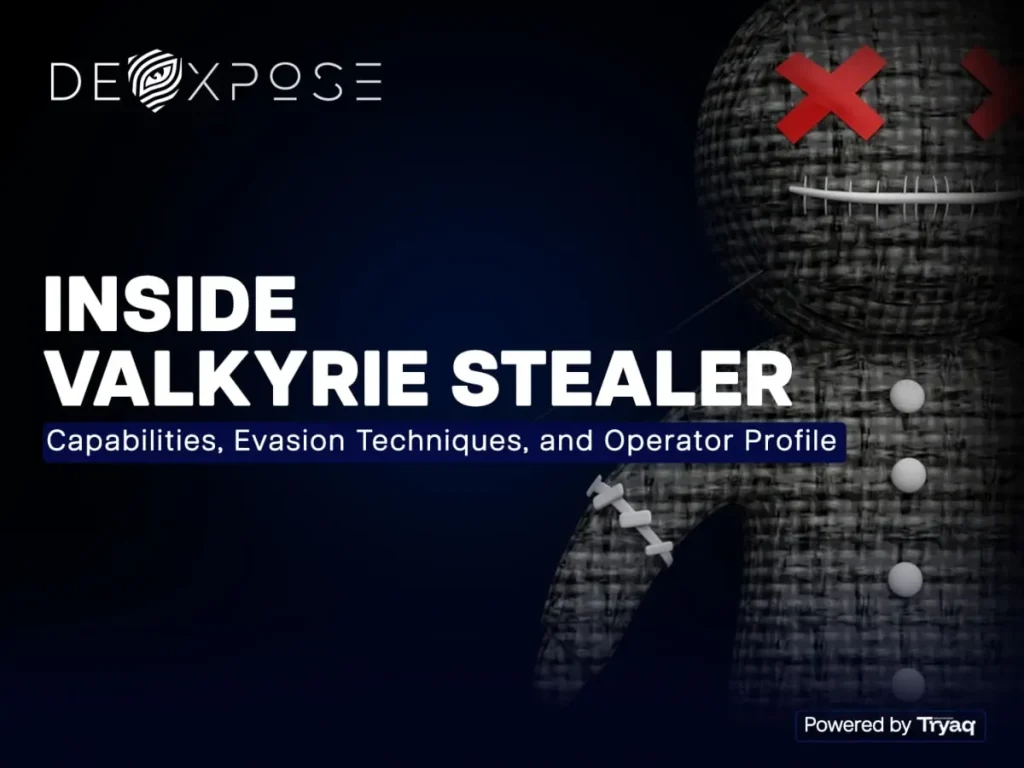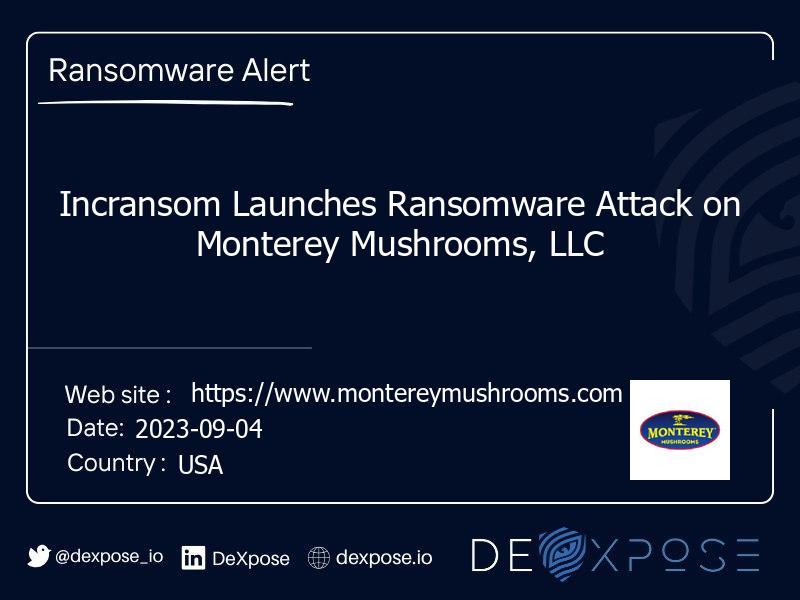In today’s digital world, cybercriminals have evolved their tactics to exploit mobile users through a deceptive method called smishing. Suppose you’ve ever received an unexpected text message asking for personal information or prompting you to click a suspicious link. In that case, you’ve encountered smishing — a growing threat that targets individuals and businesses alike. Understanding how to prevent smishing attacks is essential to safeguard your data, financial security, and peace of mind. This guide will walk you through everything you need to know about smishing, its risks, and practical strategies to rescue yourself from falling victim to these fraudulent schemes.
What is Smishing? Understanding the Threat
Smishing, short for “SMS phishing,” is a form of cyberattack where scammers use text messages (SMS) to trick recipients into revealing sensitive data or clicking malicious links. Unlike traditional email phishing, smishing relies on the immediacy and intimacy of text messaging to lure victims, often masquerading as trusted institutions like banks, delivery companies, or government agencies.
Attackers send convincing messages designed to create urgency or fear — such as alerts about suspicious account activity or missed deliveries — compelling you to act quickly without verifying the source. The end goal is to steal your login credentials, financial information, or even install harmful software on your mobile device.
How Smishing Works: The Anatomy of a Scam
To effectively prevent smishing attacks, it’s essential to understand how they function:
- Spoofed Sender IDs: Cybercriminals often spoof the sender’s phone number or name to appear legitimate, such as a bank or a postal service.
- Urgent Call to Action: Messages typically include urgent language, pressuring you to “verify your account” or “pay an overdue fee” immediately.
- Malicious Links: These SMS texts contain shortened or disguised URLs leading to fake websites that look authentic but steal your data.
- Data Harvesting: Once on the phishing site, victims are prompted to enter sensitive details like passwords, credit card numbers, or personal identification.
- Malware Installation: Some smishing attempts may trick users into downloading harmful apps or files that compromise the phone’s security.
By recognizing these tactics, you can better guard against falling into these traps.
Common Smishing Scams You Should Know
Smishing attackers constantly adapt their methods to exploit current events and trends. Here are some prevalent examples:
- Banking and Payment Alerts: Messages warning of unauthorized transactions or account suspension.
- Delivery and Shipment Notifications: Fake alerts about missed package deliveries or customs fees.
- Government or Tax Refund Notices: Texts claiming you are eligible for a refund, but you must confirm your details.
- Prize or Lottery Scams: Messages stating you won a prize or lottery and need to provide banking information to claim it.
Knowing these common smishing themes helps you stay vigilant when receiving unexpected messages.
Why Are Smishing Attacks Increasing?
Several factors contribute to the rise of smishing:
- Mobile Device Ubiquity: More people rely on smartphones for banking, shopping, and communication.
- Trust in SMS: Users tend to trust SMS more than emails, making them an easier target.
- SMS Two-Factor Authentication (2FA): Attackers exploit SMS-based 2FA by intercepting messages or tricking users into revealing codes.
- Weak Telecom Security: Limited security measures in SMS networks allow spoofing and message manipulation.
- Global Reach: SMS can target victims worldwide instantly and cheaply.
As these trends continue, knowing how to prevent smishing attacks becomes even more critical.
The Real Consequences of Falling Victim to Smishing
The fallout from smishing can be devastating:
- Financial Loss: Stolen credit card or bank information leads to unauthorized withdrawals and charges.
- Identity Theft: Personal data theft can result in fraudulent accounts opened in your name.
- Data Breaches: Businesses may suffer breaches compromising customer data and incur heavy penalties.
- Device Compromise: Malware infections can lead to loss of control over your mobile device.
- Emotional Impact: Victims often experience stress, anxiety, and loss of trust in digital services.
Understanding these risks highlights why proactive prevention is vital.
Also Read: How Dark web Monitoring Protects Your business
How to Identify Smishing Attempts

Spotting smishing messages early is a key defense:
- Check Sender Details: Be cautious if the sender’s number looks unfamiliar, unusually formatted, or mimics official sources.
- Beware of Urgency: Messages demanding immediate action or threatening account suspension are suspicious.
- Look for Poor Grammar and Spelling: Legitimate companies usually maintain professional language.
- Hover Over Links: If your phone allows, preview URLs before clicking to check for suspicious domains.
- Confirm Through Official Channels: Contact the institution directly using official numbers or apps to verify claims.
When in doubt, never respond or click on links in unexpected texts.
How to Prevent Smishing Attacks: Practical Steps for Everyone
Preventing smishing requires a combination of awareness, technology, and cautious behavior. Here’s how to protect yourself:
For Individuals:
- Avoid Clicking on Unknown Links: Never tap links in SMS from unknown or suspicious sources.
- Use Official Apps and Websites: Instead of responding to texts, access services through official apps or browsers.
- Keep Your Phone Updated: Regular updates patch security vulnerabilities that attackers could exploit.
- Enable Spam and Fraud Filters: Many smartphones and carriers offer built-in tools to block suspected smishing.
- Verify Messages: Confirm requests for information or payments through official customer support.
- Block and Report Numbers: Use your device or carrier’s tools to block spam numbers and report scams.
- Be Wary of Unsolicited Requests: Legitimate companies rarely ask for sensitive information over SMS.
- Use Strong, Unique Passwords: Protect accounts linked to your phone with robust passwords.
For Businesses:
- Educate Employees: Conduct training on recognizing smishing and phishing threats.
- Secure SMS Gateways: Use encrypted and monitored channels for customer communication.
- Implement Multi-Factor Authentication: Use app-based authenticators rather than SMS-based codes.
- Deploy Anti-Smishing Technologies: Employ software that scans and filters incoming SMS threats.
- Establish Incident Response Plans: Prepare clear protocols for handling suspected attacks.
- Raise Customer Awareness: Regularly inform customers about smishing risks and how to verify communications.
Technology and Tools to Help Stop Smishing
Several technological solutions can strengthen your defenses:
- Mobile Security Apps: These apps detect suspicious messages and malicious links.
- Carrier-Level Spam Protection: Many providers offer services that automatically filter spam SMS.
- Secure Messaging Platforms: Encourage communication through encrypted apps rather than SMS.
- URL Scanners and Link Checkers: Tools that preview and verify links before opening.
Utilizing these tools alongside good habits forms a strong security posture.
What to Do If You Suspect a Smishing Attack
If you receive a message you think is a smishing attempt:
- Do Not Respond or Click Links: Avoid responding to the message.
- Report It: Forward the message to your bank, telecom provider, or national cybercrime authorities.
- Delete the Message: Remove it from your phone to avoid accidental clicks.
- Run Security Scans: Use your device’s antivirus or anti-malware apps to check for infections.
- Monitor Accounts: Monitor for suspicious activity in your bank and online accounts.
Prompt action can minimize damage and help authorities track scammers.
Educating Others: Sharing Smishing Awareness
One of the best ways to combat smishing is through education:
- Share tips with family, friends, and coworkers on how to recognize suspicious SMS.
- Encourage businesses to send official communications with clear instructions to verify legitimacy.
- Use social media and newsletters to highlight recent scams and prevention strategies.
- Promote the use of secure channels for sensitive communication.
A community aware of smishing can collectively reduce its impact.
Also Read: Threat Actor Profile: Mustang Panda
Quick Checklist: How to Prevent Smishing Attacks

- Never click on suspicious SMS links.
- Verify requests via official apps or websites.
- Keep your phone’s OS and apps updated.
- Use strong passwords and non-SMS multi-factor authentication.
- Enable spam and phishing filters.
- Block and report scam numbers promptly.
- Educate yourself and those around you regularly.
- Use mobile security tools to scan incoming messages.
Conclusion
Smishing is a sophisticated, ever-evolving threat that preys on mobile users’ trust and urgency. Knowing how to prevent smishing attacks is your best defense against falling victim to these deceptive scams. By understanding the tactics cybercriminals use, recognizing red flags, adopting smart security habits, and leveraging technological protections, you can keep your personal and financial information safe.
Remember, the key to combating smishing is vigilance — always question unexpected messages, verify sources, and never share sensitive data over text. Taking these proactive steps today will help ensure your security tomorrow in an increasingly connected world.
FAQs (Frequently Asked Questions)
1. What is smishing, and how is it different from phishing?
Smishing is a type of cyberattack that uses text messages (SMS) to deceive people into sharing sensitive information or clicking harmful links. Unlike traditional phishing, which mostly happens via email, smishing targets mobile devices through messaging apps. This makes it more immediate and personal, often tricking users with urgent or convincing texts.
2. How can I recognize a smishing message?
Smishing messages usually create a sense of urgency, such as a warning about an account issue or a missed delivery. They often come from unknown numbers and contain suspicious links or requests for personal details. Poor spelling, grammar mistakes, and unexpected attachments are also strong indicators of a smishing attempt.
3. Is it safe to click links received via SMS from unknown senders?
Clicking on links from unknown or unsolicited SMS messages is risky and can expose your device to malware or lead you to fake websites. It’s always safer to verify the sender’s identity through official channels before clicking any links. When in doubt, avoid interacting with suspicious texts altogether.
4. Can my phone’s security apps protect me from smishing?
While many modern security apps include features to detect and block malicious messages, no app can provide complete protection alone. The best defense combines technology with cautious user behavior, like avoiding unknown links and verifying suspicious messages manually. Staying informed and vigilant is crucial to prevent smishing attacks.
5. What should I do if I accidentally respond to a smishing message?
If you’ve interacted with a smishing message, immediately cease communication and avoid providing further information. Change any passwords that might be compromised and watch your financial and personal accounts closely for unusual activity. Reporting the incident to your mobile provider or relevant authorities can help limit potential damage.







